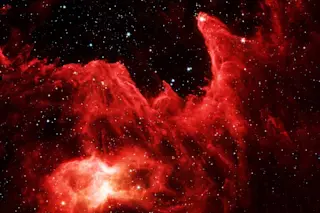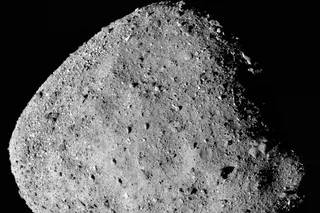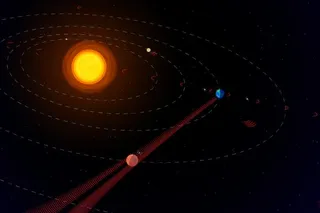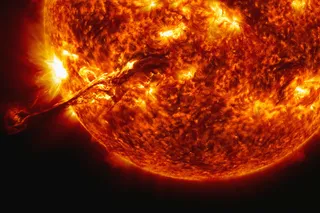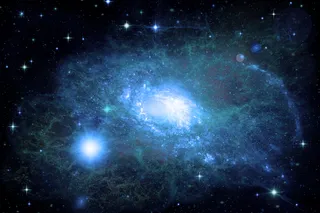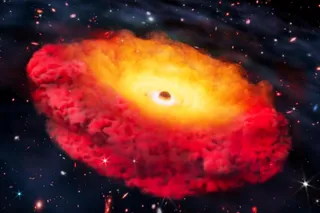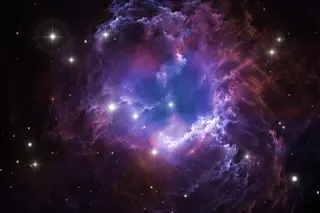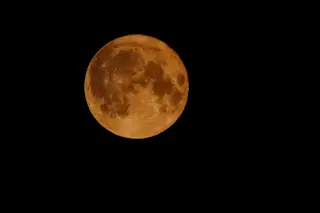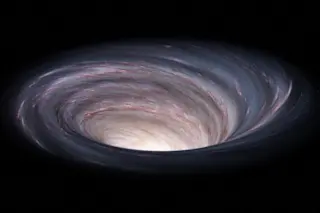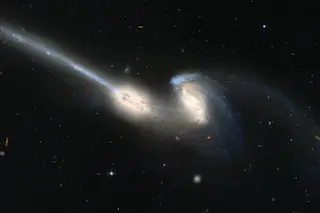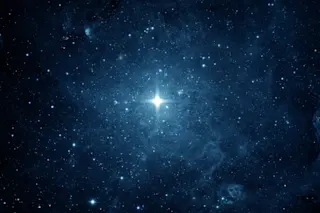A surprising observation from NASA’s James Webb Space Telescope (JWST) has revealed a vestige of a galaxy that peeked through the early universe’s dense fog just 330 million years after the Big Bang. The recent sighting of ultraviolet light from this distant galaxy — called JADES-GS-z13-1 — has astonished researchers, shattering prior expectations of early galaxy formation.
Shortly after the Big Bang, the developing universe was clouded by a thick fog of neutral hydrogen, blocking the light emitted by galaxies. However, GS-z13-1 defied all odds and broke through the barrier with a wavelength of light known as a Lyman-alpha emission. Radiated by hydrogen atoms, the emission appeared much stronger than expected; astronomers are now trying to decipher where the radiation from this galaxy came from and what this could mean for continuing studies of the early universe.
The JWST’s Near-Infrared Camera (NIRc) and Mid-Infrared Instrument (MIRI) were instrumental in identifying ...



